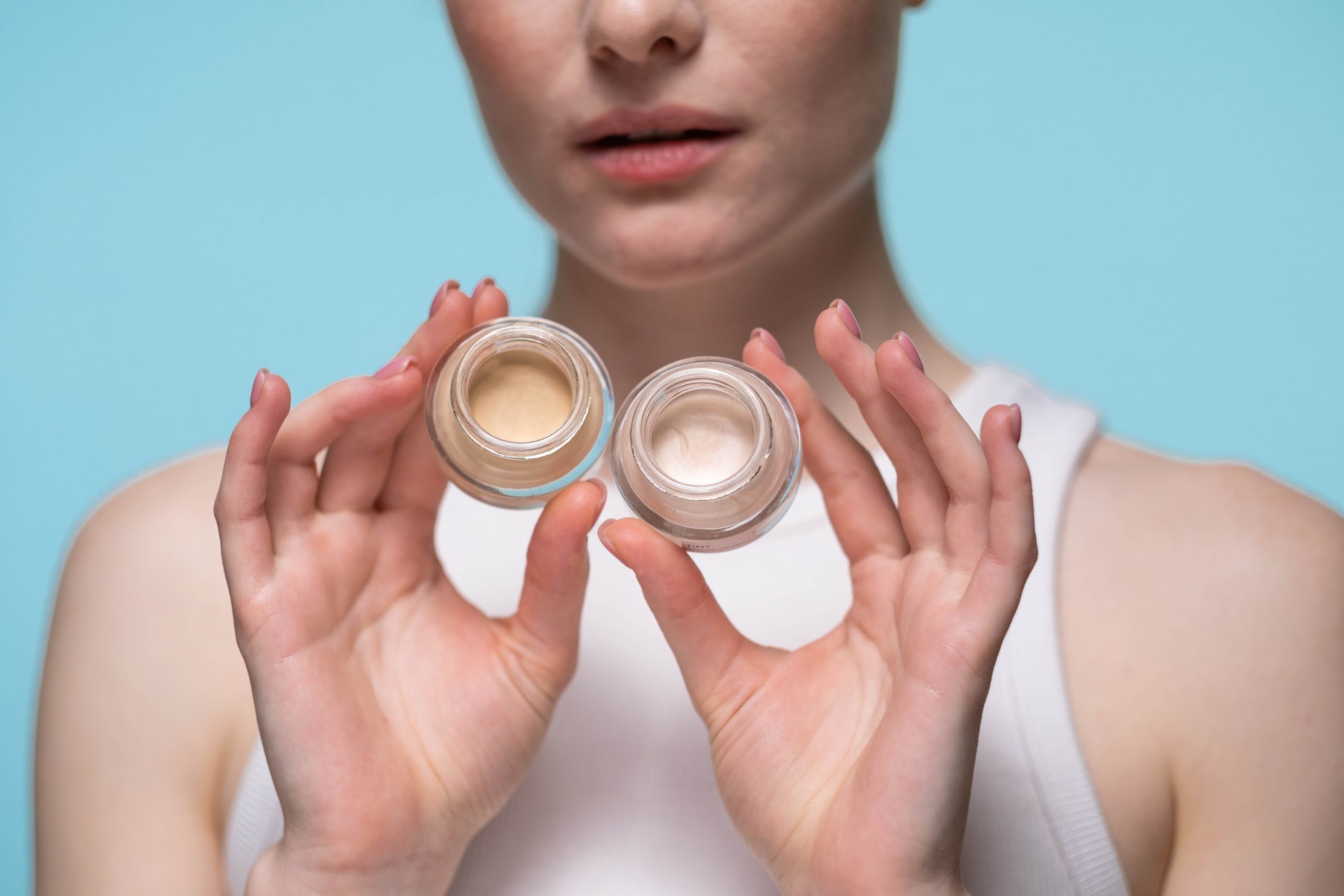Achieving healthy and radiant skin is akin to solving a complex puzzle, and at the heart of this puzzle lie active ingredients. Actives, such as retinoids, acids, and antioxidants, are potent components that target specific skin concerns. However, understanding how to combine them is crucial for unlocking their full potential without causing harm.
In this guide, we’ll delve into the intricate world of combining actives, exploring the science behind it and providing practical tips to help you curate a personalized skincare routine that delivers exceptional results.
The Science Behind Actives: A Symphony of Ingredients
Before delving into the art of combining actives, it’s essential to understand the science behind these powerhouse ingredients. Each active plays a unique role in addressing specific skin concerns:
- Retinoids: Known for their anti-aging properties, retinoids, like retinol and tretinoin, stimulate collagen production, reduce fine lines, and promote cell turnover.
- Acids: Alpha hydroxy acids (AHAs) and beta hydroxy acids (BHAs) are potent exfoliants that help unclog pores, reduce hyperpigmentation, and improve overall skin texture.
- Antioxidants: Vitamin C and E, among others, protect the skin from environmental damage by neutralizing free radicals, promoting a youthful complexion.
The Art of Combination: Tips for Harmonizing Actives
- Start Slowly: Introduce one active at a time to gauge your skin’s reaction. Gradually incorporate additional actives, allowing your skin to acclimate to each ingredient.
- pH Consideration: Some actives work optimally at specific pH levels. Vitamin C, for example, thrives in a low pH environment. Be mindful of the pH levels of your products to ensure compatibility.
- Layer Wisely: Follow the general rule of layering from thinnest to thickest consistency. Water-based serums typically precede oil-based products.
- Morning vs. Evening: Some actives, like retinoids, are best used at night due to their photosensitivity. Save your daytime routine for antioxidants, sunscreen, and hydration.
- Listen to Your Skin: If you experience irritation or dryness, adjust the frequency of use or consider incorporating more hydrating products into your routine. Consistency is key, but adaptability is equally important.
1. Skin Sensitivity and Irritation
Q: What should I do if my skin becomes sensitive when combining actives?
A: Dial back on the frequency of use and focus on hydrating and soothing ingredients like aloe vera or hyaluronic acid. Consider consulting a dermatologist if the issue persists.
2. Pilling of Products
Q: How can I prevent product pilling when layering multiple actives?
A: Allow each product to fully absorb before applying the next. If pilling persists, consider adjusting the order of application or using products with compatible textures.
3. Conflicting Ingredients
Q: Are there any combinations of actives that should be avoided?
A: Yes, some combinations can be too harsh for the skin. For instance, avoid using products with vitamin C and benzoyl peroxide together, as they can counteract each other.
Conclusion
To conclude, combining actives in your skincare routine is an art that requires a delicate balance of science, patience, and attentiveness to your skin’s needs. By understanding the unique benefits of each active ingredient, following best practices, and addressing common concerns, you can create a skincare symphony that transforms your complexion.
As you embark on this journey, remember that skincare is a personal experience. Tailor your routine to suit your skin type, concerns, and lifestyle. Consistency is essential, but adaptability is equally crucial in the ever-changing world of skincare.
FAQs
1. Can I combine multiple retinoids in my routine?
Yes, it’s generally not recommended to use multiple retinoids simultaneously. Stick to one retinoid at a time to avoid excessive irritation and dryness.
2. Should I apply sunscreen when using acids in my routine?
Absolutely. Acids can make your skin more sensitive to sunlight. Always apply a broad-spectrum sunscreen with at least SPF 30 during the day to protect your skin.
3. Can I use actives if I have sensitive skin?
Yes, but start with lower concentrations and introduce them gradually. Patch testing is crucial to ensure your skin can tolerate the active ingredients.
4. How long does it take to see results when combining actives?
Results vary, but consistency is key. It may take a few weeks to a few months before noticeable improvements occur. Be patient and stick to your routine.
5. Can I mix different brands of skincare products with active ingredients?
Yes, you can mix different brands, but be cautious of potential interactions. Read ingredient lists to ensure compatibility and avoid combining conflicting actives.



